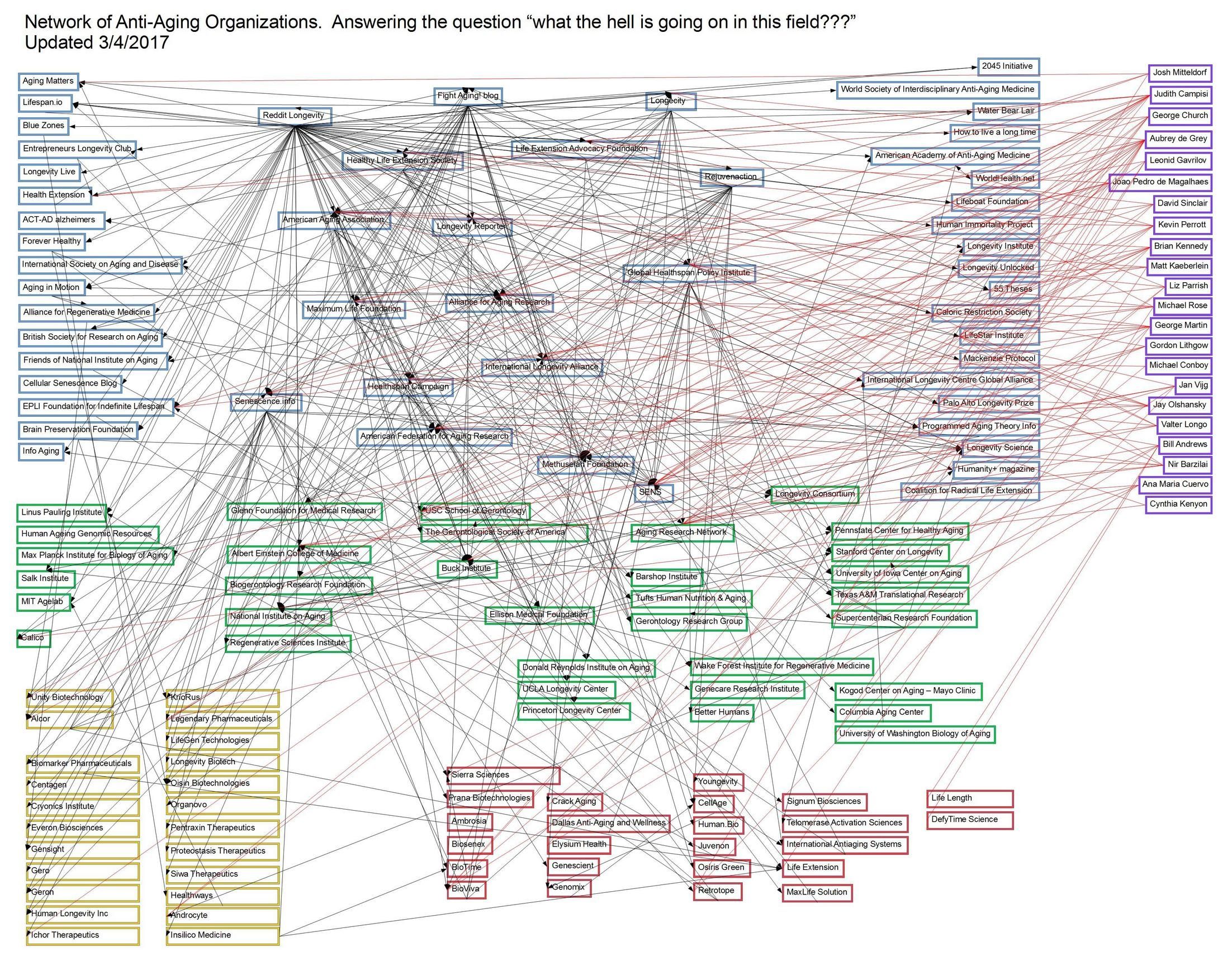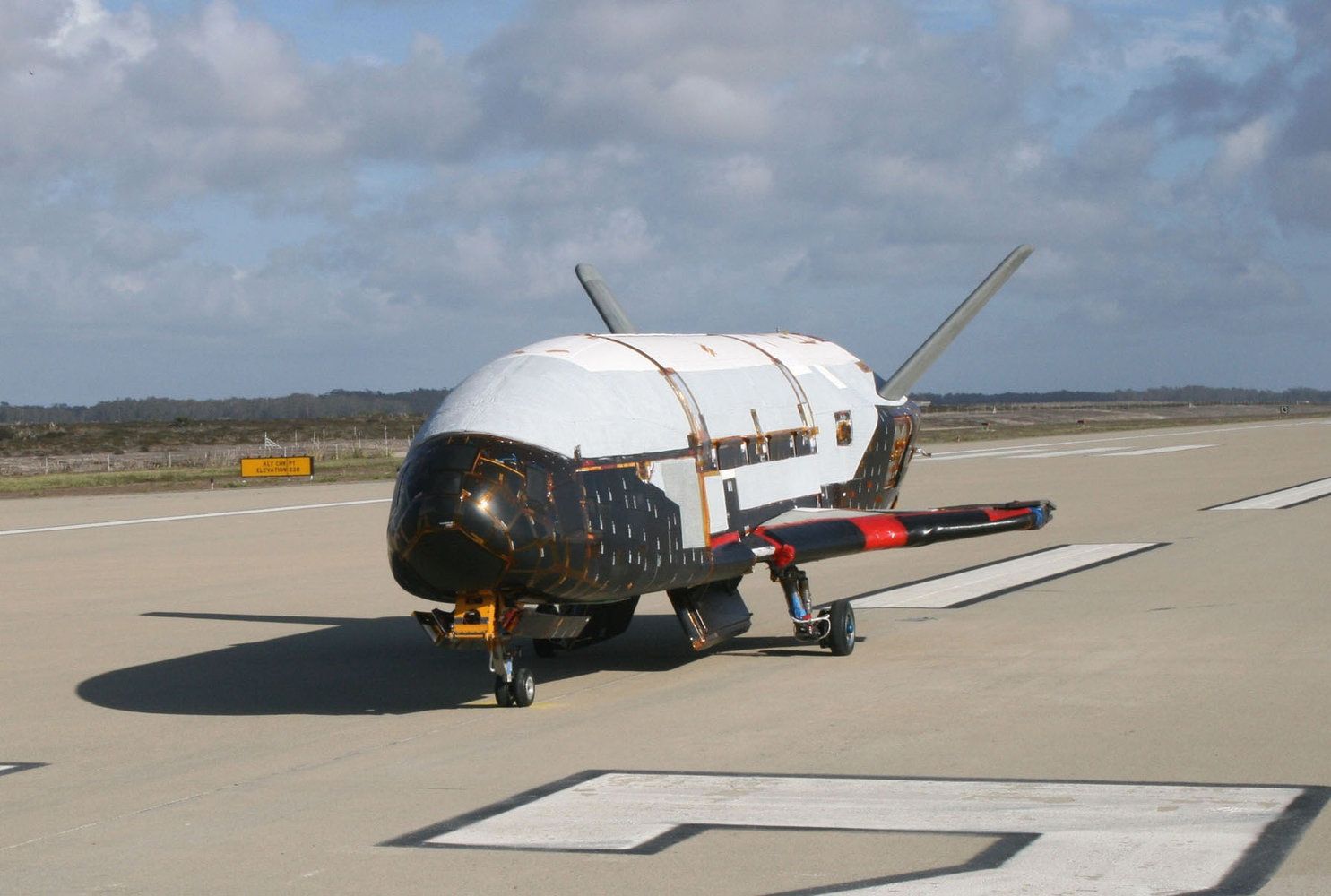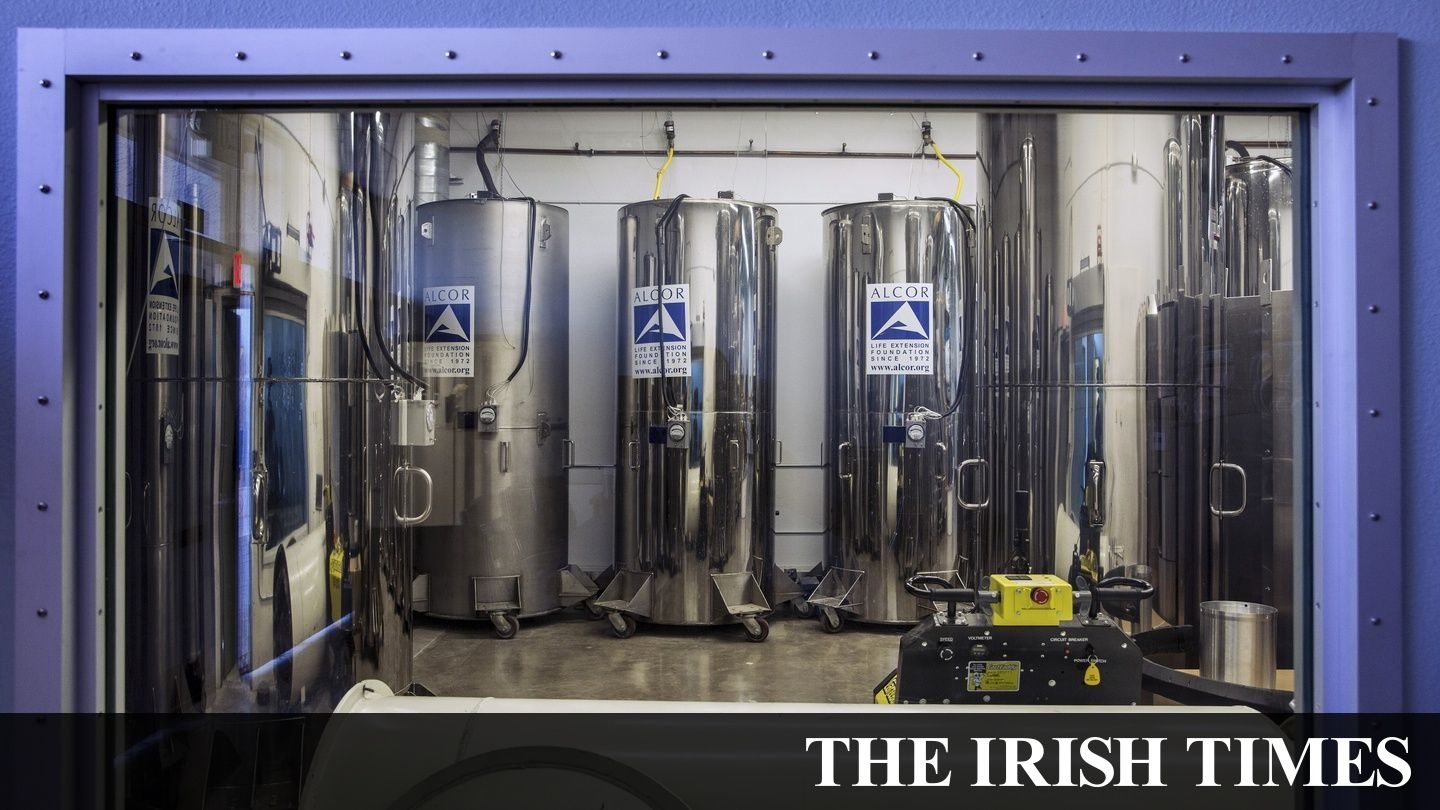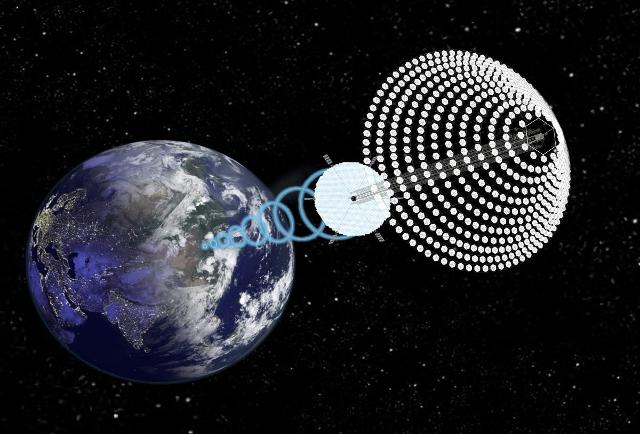The latest machine-learning techniques are essentially black boxes. DARPA is funding a number of efforts to open them up.




It’s not practical to test drive autonomous vehicles enough to prove that they are safe, says RAND’s Nidhi Kalra. What barriers must be overcome to get self-driving cars safely on the streets? r.rand.org/3umk

JERUSALEM (AP) — As the world moves toward an era of self-driving cars, Israel is positioning itself to be the Detroit of the future.
The country has emerged as a global leader in the fast-growing field of driverless cars, as illustrated by Intel’s more than $15 billion acquisition of Israeli firm Mobileye this week.
Israel is now home to hundreds of startups that provide everything from sensors to cybersecurity to data collection for autonomous vehicles, putting it alongside Silicon Valley at the forefront of an industry that many expect to take off over the next decade.

The U.S. Air Force’s X-37B space plane is just eight days away from setting a record on its current clandestine mission.
If the robotic vehicle stays aloft until March 25, it will break the X-37B mission-duration mark of 674 days, which was established back in October 2014.
It’s unclear whether that will actually happen, however; the Air Force is tight-lipped about most X-37B payloads and activities, including touchdown plans. [The X-37B’s Fourth Mystery Mission in Photos].

A nice long feature on #transhumanism in The Irish Times, one of Ireland’s largest papers. It focuses on the book To Be A Machine: http://www.irishtimes.com/culture/books/who-wants-to-live-fo…-1.3010223 Separately, The New York Times ran a rather somber view of a few transhumanism books, two of the books (The Body Builders & To Be a Machine) which I’m quoted in: https://www.nytimes.com/2017/03/16/books/review/gene-machine.…html?_r=0
Mark O’Connell has spent several years talking to people who want to live through robots and technology, and he admits it stems from his own obsession with death.


If you think augmented reality is only fun and games, consider that we’ve already witnessed the first known police action taken against hologram technology. During the summer of 2015, a performance by controversial gangster-rapper, Keith Cozart, was shut down when local police discovered the musician was broadcast as a hologram into a benefit concert in Indiana—close to the border of his home state of Illinois.
Cozart, who goes by the stage name “Chief Keef,” is from a rough neighborhood in Chicago, and has ties to local gangs as well as a criminal record including felony gun charges. His music, which glamorizes a gang lifestyle and violence, has prompted public officials—including Chicago mayor Rahm Emanuel—to pressure music festivals to avoid inviting Cozart because they say it poses a “significant public safety risk.”
Due to outstanding warrants for his arrest, Cozart can’t even return to Chicago, and so unable to perform in the area, he took the innovative approach of performing from California, but as a hologram beamed into the Indiana music festival. But even that was too much for police, and the performance was immediately stopped.